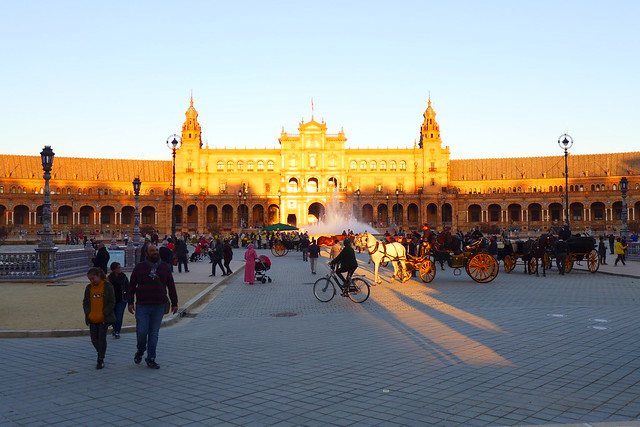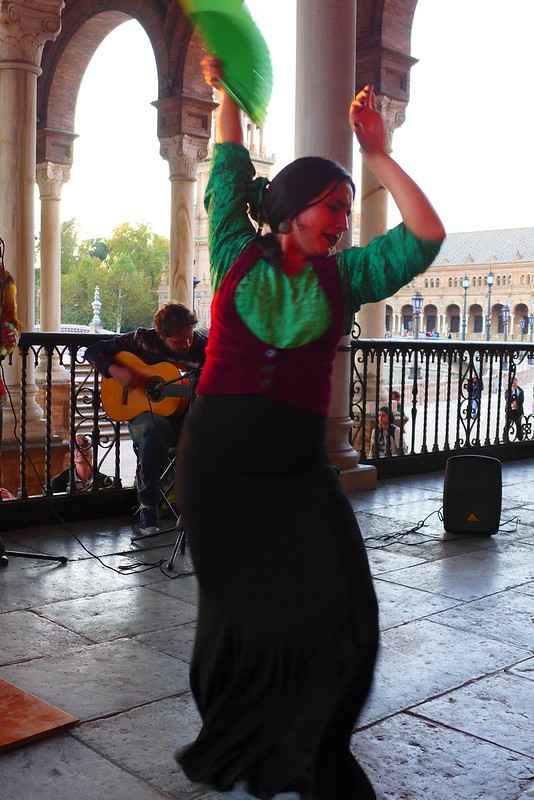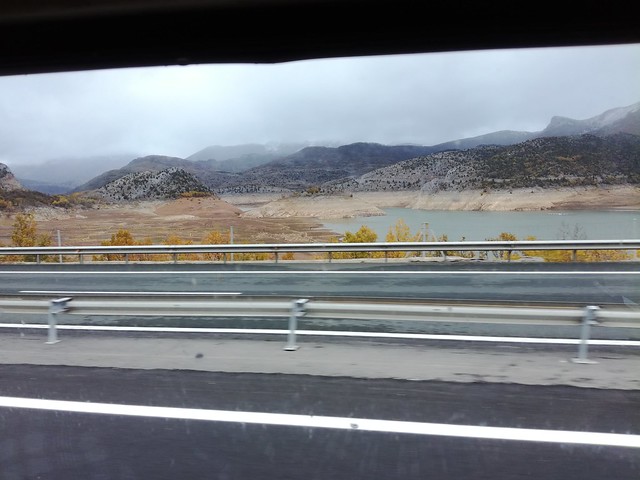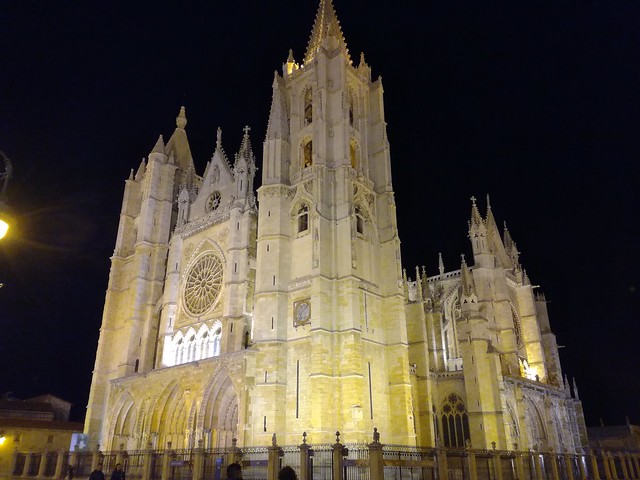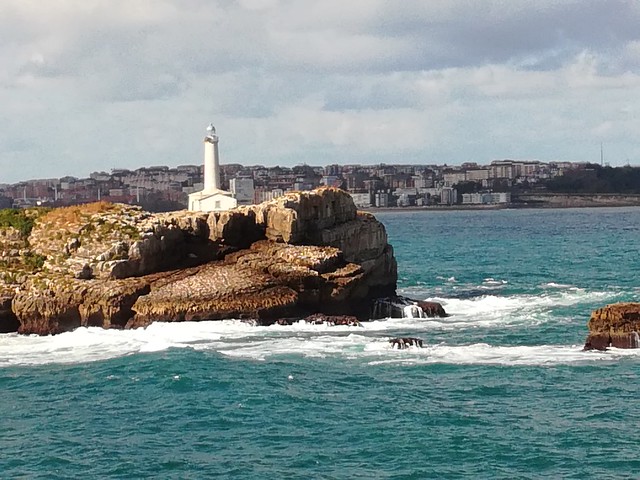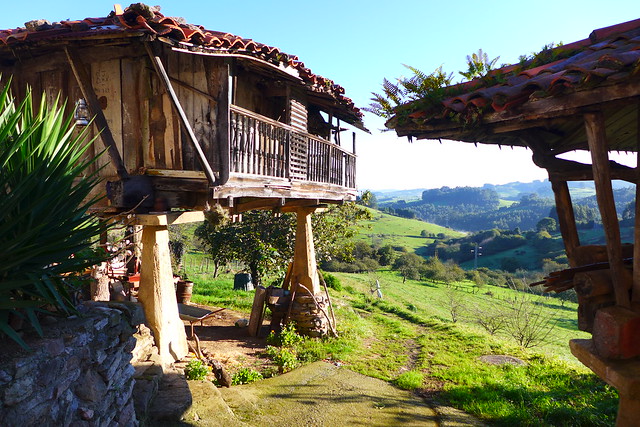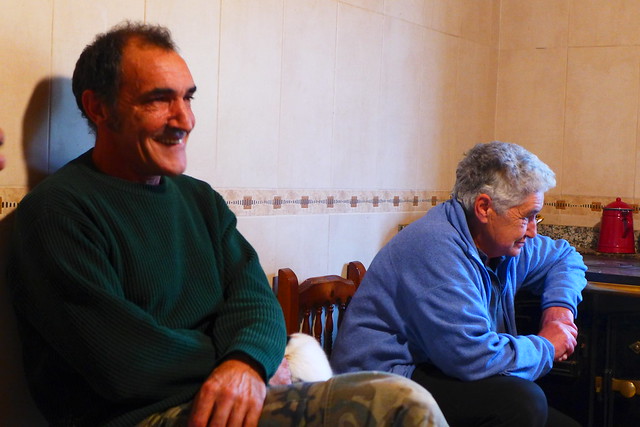Secret Spots
At nightfall, I direct Frank eastwards out of town, towards a hidden destination I have chosen online as a surprise for him. I hope that the spot I chose will hold its promise… a night in complete silence, away from car noises and other city sounds, and somewhere beautiful to discover when we wake up in the morning.
For a while we drive along the motorway, but then we turn off and wind our way along little roads through sleepy villages and eventually for miles just through olive groves. The tarmac gives way to 7km of gravel road and it gets bumpier as we go along, until we turn into what seems like an olive grove but is a car park. Once we have switched off our engine, there is indeed a blessed silence and a huge star-studded sky over us. The olive trees are whispering in the breeze….
The next morning, we wake up surrounded by mist, but when it lifts, we start to explore. Not far from us is a viewpoint over a huge laguna. The sun melts away the mist and we have a glorious morning in this quiet spot, doing Yoga, cooking, collecting wood and olives from the trees in the car park, which had not been harvested.
After lunch and a nap in the hot sun, we are suitably restored to move on.
Posted in Uncategorizedwith comments disabled.
Crossing Spain North to South
The next couple of days, we travel along the Ruta de la Plata, through Extremadura all the way down to Sevilla. True to its name, a lot of the landscape seems extremely hard. It’s almost desert-like in some places, but a tired looking desert, as if mankind has sucked all energy out of it. What use is this land anymore to any farmer in this state? Who lives here and tries to eke out a living? I have visions of intrepid individuals taking over valleys and bringing life back to the land by using permaculture, but in fact, to change anything here it would probably need a government decision to reforest a large area, thus changing the climate.
It’s quite meditative driving along this route – not much traffic and the landscape doesn’t change much from the eternal undulating brown, interspersed with a few olive trees.
One evening, I consult my map to stop somewhere by a river for the night. We make a 10km detour to find the river, but it turns out to be a stagnant water, a stench of decay rising from it and large areas are covered in a pinkish algae. We turn around and drive on… We pass a little village where most of the ‘houses’ are doors in a hillside and a chimney sticking out the top.
In stark contrast to the rural poverty, every city we come to along this route is a surprise. Zamora is beautiful. We park up by the municipal sports stadium which boasts an oplympic size swimming pool and after a swim and a sauna, we take off into town on our bike. As in Leòn, we are pleasantly surprised by the vibrancy, the cobbled streets, the nooks and crannies and the variety of shops. People are well dressed and seem to be contented with their lives.
We stop to sleep in Plasencia but don’t spend any time to explore it – we want to conserve our ‘city energy’ for Sevilla. Lunch time next day has us cycling through Mèrida, another interesting looking town, with some roman temple and amphitheatre remains, as well as a beautiful roman bridge stretching a long way over a shallow river basin. Another few hours later we arrive at dusk in Sevilla, securing a parking space in a paid, supervised car park within easy cycling distance of the city centre.
Sevilla is a beautiful city. Spacious, verdant, vibrant. So may beautiful buildings, a large old quarter where you easily can get lost in tiny alleyways, many tapas bars and restaurants ( although we weren’t too impressed by the price or quality of the food – restaurant Rozelaar won out over Sevillan cuisine!!!) Our favourite place is Plaza de la España, beautifully cobbled with different coloured stones, where a fountain, a moat and an incredible crescent-shaped building with vaulted colonnades form the backdrop to fantastic outdoor flamenco singers and dancers. On the second day we speak to them and find out that they are part of a large group of Flamenco students who take it in turns to sing, play and dance with each other every day from 5-8pm five days a week. This is high quality music and dancing and their love for it sparkles from every movement and sound. They have an appreciative seated listening crowd, who donates generously to the hat that passes round at 15 minute intervals, which is more than can be said of the dedicated flamenco bar we visit on one of the evenings, where people talk across the music.
Sevillas Flamenco is different to what we have seen in other parts of Spain – just as the city itself, it is light, smiling, ebullient, celebratory.
We thoroughly enjoy ourselves in Sevilla for three days, but the moment has come to move on when a huge cruise ship anchors opposite us on the river one night, keeping us awake with the low chug-chug of its diesel engines, spewing fumes that make it difficult to breathe after a day. It’s time for a day in a quiet spot, to digest all the impressions we have gathered.
For more photos on travelling soutwards , click here
for photos of Sevilla, click here
Posted in Uncategorizedwith comments disabled.
Asturias to Leòn
There are two choices going South from Belmonte. The direct route would take us along the windy roads all the way through Parco Somiedo and through a high pass towards Leòn. I was looking forward to that route – three years ago, we went swimming high up there in the lakes and saw some wolves, but one look at the fresh snow on the mountain peaks deters us from this idea, so we take the low road, onto the motorway via Oviedo.
Emma valiantly chugs her way up the mountains until we arrive in the high plateau. We pass a huge reservoir that is almost completely empty. Pepe and Ben Hur had been speaking about climate change and that Spain has not had enough water for the last three years, resulting in water restrictions being imposed by the council even in this green part of Spain. We’d seen a note in a shop window announcing that water may be turned off in the evenings until further notice and that people should economise with water. The empty reservoir is a shocking visual reminder of this (although later someone tells us – while hinting at some story of political corruption – that there is a leak in the reservoir and the water has been let out to repair the leak).
As the land levels out, so the vegetation changes and we enter a very dry, arid landscape. It is hard to comprehend that there are farmers here who would stay put and fight the climate when only 30km further north everything is green and luscious. After a while of musing on the hardships of caring for the land in hostile conditions, we reach the charming city of Leòn.
Our experience of navigating new areas, especially entering cities and finding a place to park, has completely been transformed since having access to the internet on our phones. I use a combination of Google Maps and Park 4 Night to steer us safely to a quiet car park within spitting distance of the cathedral and we wander off to explore the city centre in the fading daylight.
Leòn is beautiful, old houses, interesting architecture, vibrant streets, and judging by the type of shops, it is a rich town. This is a surprising contrast to the deserted and very poor looking landscape we’d passed on our way.
The next morning, we take the bikes to further explore the nooks and crannies of this lovely city. In a shoe shop, I buy myself a solid pair of hiking boots and we taste a Léonnese Empañada. Then it is time to go to Casa Botines, a house built by Antoni Gaudí, for a guided tour in English, just for the two of us!
Though outwardly not a striking as some of his other buildings, the inside of Casa Botines bears all the hallmarks of a Gaudí design. It was built for two textile merchants, who, looking at the location of the station in relation to the old city centre, took an intelligent guess to place themselves in the middle of what was to become the new centre of the city. Gaudí brought along his team of workers from Barcelona (much to the dismay of the local building trade), and within ten months he built this enormous house, containing a textile factory in the basement, a shop on the ground floor, two large flats for the owners on the first floor, then two floors for rental apartments and a flat for the concierge in the roof.
Having gone through a number of incarnations, including being a bank, the house now is maintained by a foundation. Most of the windows (and there are 365, one for each day) are still the original Gaudi design, and so are many of the doors, staircases and banisters etc: There must have been considerable friction with the locals when Gaudi insisted upon putting the statue of George and the Dragon, the Patron Saint of Barcelona, over the main entrance….
A few decades ago, the statue had deteriorated too much and needed replacing and the old argument rose once more, and yet again, posthumously, Gaudi won, and a cast was made of the original. When they took the old one off, they found inside it a led pipe, containing the original plans of the building drawn and signed by Gaudi. These are the only 2-D plans of any of Gaudi’s buildings – he preferred to work with 3-D representations during the process of designing a building. I think he would have really enjoyed using modern computers 
Here’s me hobnobbing with the artist 
For more photos of this chapter, including some shots of Gaudi’s beautiful, ergonomically designed furniture, click here
Posted in Uncategorizedwith comments disabled.
San Martin de Ondes revisited
Hello dear friends near and far,
Frank and I are once again on our way South, our 4th winter on the road… our Honeymoon continues.
On November 5th, we board the ferry from Plymouth to Santander in northern Spain, and, just like every year, we seem to reach the ferry in a state of near exhaustion – the UK interlude has been a long 6 months, packed with activities and work, plus several Tango-related jaunts to Germany on my part. It’s been very good, we’ve worked hard to fit everything in and we’re ready to tumble into our quite different winter rhythm.
I don’t have any sea legs to speak of, so after watching a film in the boat cinema, I’m off to bed, trying to fall asleep before the sea gets too wild. I don’t mind it being wavey, as long as I don’t have to be upright!
The sun is out and the sea is calm when I wake up, so I venture up to the sundeck where I bump into Sky from Totnes, who is on his way to the west of Portugal, via Benfeita and Pardieros, visiting Clio et al (see our chapter in 2014). We arrange for him to meet us when we come off the boat, to hand over a little gift for Clio and for Lisa of the Llamas.
It’s strange just how small the world is, and how there is a net of travellers spanning across. it is when we have these kind of ‘chance’ encounters that I feel like we are tapping into an ancient network of trade and information, a sense that Europe is not that big after all and information can travel even outside the realm of modern technology.
Sky tells us that the area around Benfeita suffered greatly from a huge forest fire a few weeks ago, the flames of which just touched the edge of Clio’s land. We think of all the people we met there three years ago and hope that all have survived the fire in good health, and that the Llamas survived the fire too. It must be a very scary thing to experience! Our friends in Portugal, if you are reading this blog chapter, we send you our love!!! Please get in touch and let us know how you are!
Despite it being a detour of over 200km, we can’t resist revisiting Asturias and the lovely people we met there three years ago, so coming off the ferry, we turn right onto the motorway towards Gijon.
Our first stop is Ribadesella, a little fishing town at the foot of the Picos de Europa. I’ve been ill for the last couple of weeks and am still fighting a hacking cough, so we go on a cycle tour along the promenade where large waves crash and distribute fine clouds of sea spray. I breathe deeply – this is just like the inhalations that we were sent to in Spiekeroog, an island just off the coast of northern Germany, when we were children. the inhalations were quite boring – we had to sit in a room and breathe in sea mist. This here is much more fun though, dodging the waves on the bicycle.
Before we set off again, we call Mada on the phone. It takes a bit of detective work to get in touch with her, as her old number doesn’t work anymore, but eventually we get hold of her and arrange to visit her that evening. It is lovely to hear her surprised delight when she realises who is calling her. We spend an evening together at her house in a little valley near Aviles, sharing food and stories, catching up with what has happened since we first met three years ago.
The next morning, the three of us travel on to San Martin de Ondes to visit Pepe (If you haven’t read our blog before, do read the chapter about Pepe, it was a very special part of our first journey).
It is impossible to arrive in San Martin without someone knowing straight away. Pepe’s sister sees us first, and later she tells us that upon seeing us, she thought: these people remind me of those travellers from England. She said she recognised our way of moving, but it didn’t occur to her that it could actually be us.
Pepe is still very much Pepe as we met him the first time, although he looks much healthier and happier than last time. All in all, there is something timeless about San Martin. Every day is the same and yet every day is new and fresh. Pepe and his brother Ben Hur go out and tend to the animals or clear pathways in the forests to retrieve precious pieces of wood, a cow is being born and there are more bear tracks to be seen just outside the village (and bear shit! – check the photos in the album, the link is at the bottom of the chapter). Pepe’s house has new wood carvings and the two brothers go and eat lunch at the sister’s house at exactly 1pm. We are generously invited to join the meals this time, so we have the pleasure of sampling the excellent favadas of Pepe’s sister.
Pepe has a herd of over 40 Asturian ponies up in the mountains. One day we go up there to try and find them, but we are greeted with a wall of fog, so after an hour or so of climbing up the Camino Real, we turn back.
The weather is steadily worsening, and one morning, there is a dusting of snow on the nearby mountain tops, so we decide to leave.
After a quick pit stop in Belmonte de Miranda to grease Emma’s nipples and to visit Monica and Xema, the organic farmers, we head out of the valley to join the Ruta de la Plata, the Silver route, that will take us South all the way down to Sevilla.
For more photos of this chapter click here
Posted in Uncategorizedwith 1 comment.

